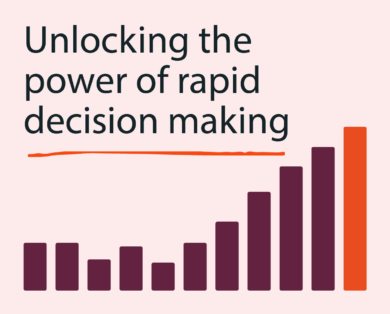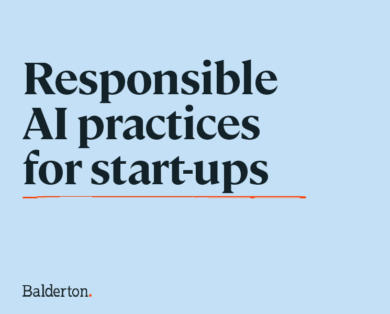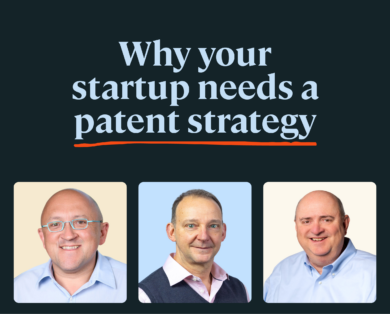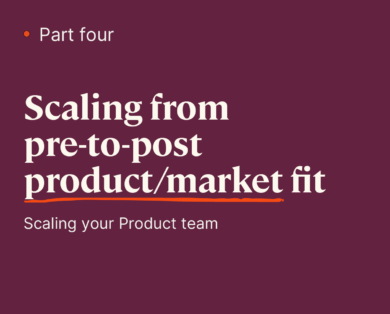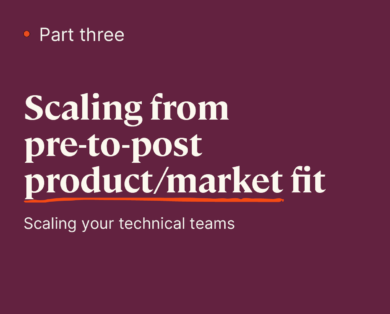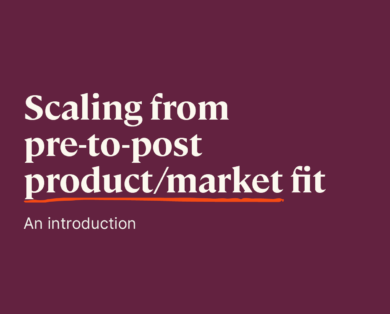- 09 April, 2025
Founders sometimes know little about the investment process inside the VC firms they pitch for investment.
If you’re talking to a VC, and especially if you are talking to more than one of them, knowing their process is incredibly valuable: it tells you what’s coming, how seriously to take each participant in the process, guides prioritization of your time and helps optimize the outcome through defensible negotiation. So how does it work?
Every firm is different and some are making noise about building entirely different solutions to the problem of investing in companies. Today, I’m going to focus on what I consider the classical model that is still the reality at many firms. I’ve broken this down into four key stages: discovery, capture, drill-down and decision. I’ve written up what happens inside the venture firm at each stage and also added a few thoughts on how an entrepreneur might want to address each.
What happens inside the venture firm at each stage?
1) Discovery
First, the venture firm has to know you exist. An increasing number of firms use technology to track distribution, usage, people and other externally visible metrics. In this way, even if you didn’t want to be found, if interesting people were joining your company, if your software was getting deployed rapidly in web tech stacks, if your app was climbing the app store charts or your project getting forked heavily on Github, firms will find you. Beyond that, firms do all the obvious things – they hold open office hours, they respond to inbound intros (both ‘warm’ from people they know and ‘cold’ that come in blind), they attend conferences where they might bump into people, they track angels and other investors who invest before them and so on.

As an entrepreneur: if your activity generates obvious signals you may already be well known to investors. If not and you want funding, it’s on you to make sure you appear on the radar. To go through a hierarchy of key options: get a warm intro from someone who knows you and knows the firm (the best sort are via a fellow entrepreneur – a much higher signal of trust than a peer VC); attend one of the growing office hour events (we have them regularly!) that are trying to break the insular network of warm intros; be at the same conference or event as the investor you want to connect with; send in a cold email (it takes time, but we look at every email we get and one of our best-performing investments came from one).
I’ll mention three quick things that are often missed here:
- It’s ok to connect early and build a relationship before you want to raise capital;
- Focus on relevant investors to save their time and yours (relevant by location, stage, experience, …);
- Don’t underestimate ‘junior’ members of the investment team. Certainly, at Balderton, our Analysts, Associates and Principals are highly respected members of the team who are part of every step of our process. It’s also worth remembering that some firms give all investment team members a ‘Partner’ title – so, in short: don’t be a snob!
2) Capture
Once you are on a firm’s radar your company goes into a CRM. We use Affinity here at Balderton, but I’ve seen a lot of Salesforce, lightweight tools like Pipedrive and Attio and also home-grown systems. The firm then rounds out that CRM with as much data as possible. Some of this gets sourced automatically–they’ll trawl LinkedIn to understand your team and pull financing history from services like Pitchbook–but they will also do it manually. The historic masters of this art are Insight Partners who have a team of smart analysts who call up startups and get data directly from those willing to share. So a well-organised firm now knows what you do, who you are, how far you are on your journey and can use that information to triangulate you within themes they find interesting, other companies they may be looking at investing in and so on.
The best firms now start to nurture a relationship – for example, here at Balderton, if we talk to you because you are in an area of thematic interest, we don’t just ask you a bunch of questions, we’ll share the research we’ve undertaken on your market back with you (stripping out all the sensitive, company-specific data of course!). This is the beginning of not just us getting to know you, but also you getting to know us.
As an entrepreneur: make sure the discoverable information on your company is up to date and accurate; control your narrative on the internet. Meanwhile, when an investor reaches out to you to learn more on background, learn to spot that that’s what they are doing. Provide them with the information you think they need to place you in the right place and think about you the right way but don’t feel you need to tell them everything – sometimes it is best to hold back the most interesting detail (like current traction) for a bigger reveal when things get to the next phase.
3) Drill down
This third phase happens when a firm decides that it wants to properly consider a startup as an investment opportunity. It can be triggered internally by the Capture phase – the background ‘farming’ of data uncovers a company, traction, or something else that makes it clear that now is a great time to invest. It can also be triggered externally – the CEO starting a fundraising process or a signal that comes in from some other source (like via the notorious gossip network of our industry!)
In most venture firms this process will be led by a decision-maker or ‘deal lead’ (although I hate the word ‘deal’!). That person might work on their own or they might have more people helping them – analysts, associates, principals, product managers, engineers and other experts in specific areas. They will start with the CRM data they already have and then overlay the current situation of the company (starting probably with a pitch deck if it exists or a conversation with the CEO and other key people). They are looking for the things they always look for and that I covered in a previous post. Some of these areas are easy (examples include referencing customers to ensure the product stacks up; analysis of key metrics to understand growth in terms of revenue, customers, users, engagement; updating the firm’s view on the competitive landscape). The lead investor will often then have one or two areas they really feel they need to believe in to get to an investment. They will focus an inordinate amount of their time on these areas – digging in, meeting all the relevant people on the team, and talking to external experts.
All of this process is usually captured in the form of some kind of investment memo (some firms literally write a Word doc that gets printed out, others have Notions with links to all the data but the aim is the same: provide a single place to understand everything we know about company X).
As an entrepreneur: This is the most important phase of any successful fundraising process.
The thing which is most likely to get you a great funding round is having built a great company (obviously), but focus and great performance in this phase can help a struggling company still raise money and allow a great company to more than blow the doors off. Understand what an investor wants to know about your company and make sure each area is covered in your summary material. Make sure there are also deeper dive materials into each of those areas and have people other than the CEO who can also talk to each. That way, for example, if an investor wants to dig into sales, you can do a pipeline deep-dive, share a presentation on your go-to-market process and do it all with your VP of Sales alongside you. While this is a ‘sales’ phase, I advise people against over-selling. Good investors (ie the ones you actually want) will cut through that – instead, it’s more about being prepared, concise and targeted.
4) Decision
Once the lead investor is sufficiently excited about investing, they upgrade the process to a decision-making one. At this point, depending on the firm, different people need to get involved. In many firms that are structured as partnerships, this will mean presenting the investment opportunity to some form of investment committee. Sometimes this gets done internally with the lead investor pitching to their partners; sometimes the company’s team pitches themselves (although the rest of the firm will have already been provided all the background data via the investment memo).
The exact decision-making process is quite varied across different firms and a great question to ask of the lead investor early in the process. Sometimes there’s a vote with some sort of bar to make an investment. Sometimes any lead investor can decide themselves but they will get challenged by their partners. There can be subtleties – some partners may have vetoes, there may be ‘weighting’ on the voting scheme and so on. Balderton is unusually simple on this – we have an equal partnership that we think is better for us and entrepreneurs, so everyone votes and all votes are equally weighted.

Sometimes the decision here will be a flat no and good venture firms will let you know that as quickly as possible and with as much detail as possible on why they are ‘passing’. Sometimes the decision will be an absolute yes and you can expect term sheets, personalised lego and more. Many times, the decision will be a ‘just one more thing…’ in which case the lead investor will go back into the Drill Down phase to answer questions their partners raised before coming back for a new decision.
As an entrepreneur: by this stage of the game, most of your work is already done. There is a lot to be said about ‘partner presentations’ which I will cover in a future post but it is just one component of the process. The biggest advice here is, as tempting as it can be, to not lose your civility. Sometimes the lead investor will really want to work with you (and this is a great thing) but their partners will ask hard questions. Don’t be negative about that, listen carefully and help your champion help themselves.Even if the answer is no, remember that you have come a long way to get to this stage and that says there is a lot that is great about your company and how you have presented it – take the feedback, keep your pride and move on to the next one.
 SURANGA CHANDRATILLAKE
SURANGA CHANDRATILLAKE 

